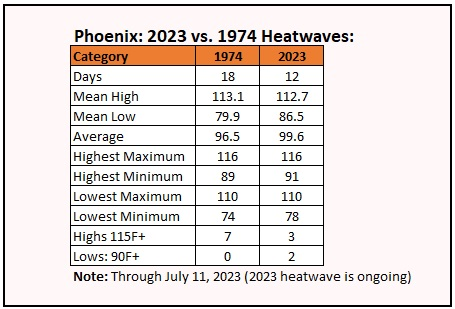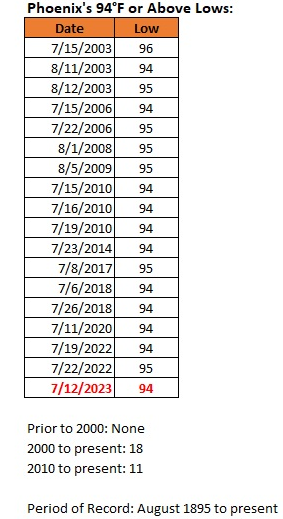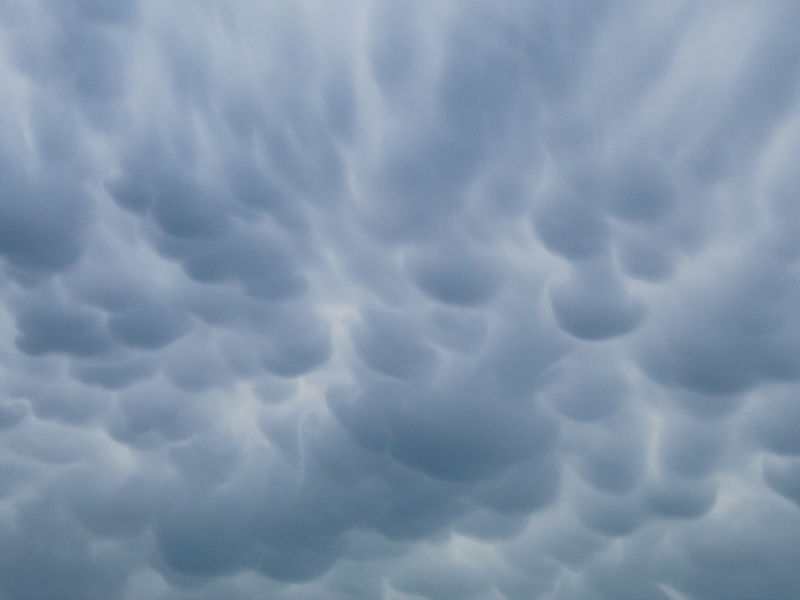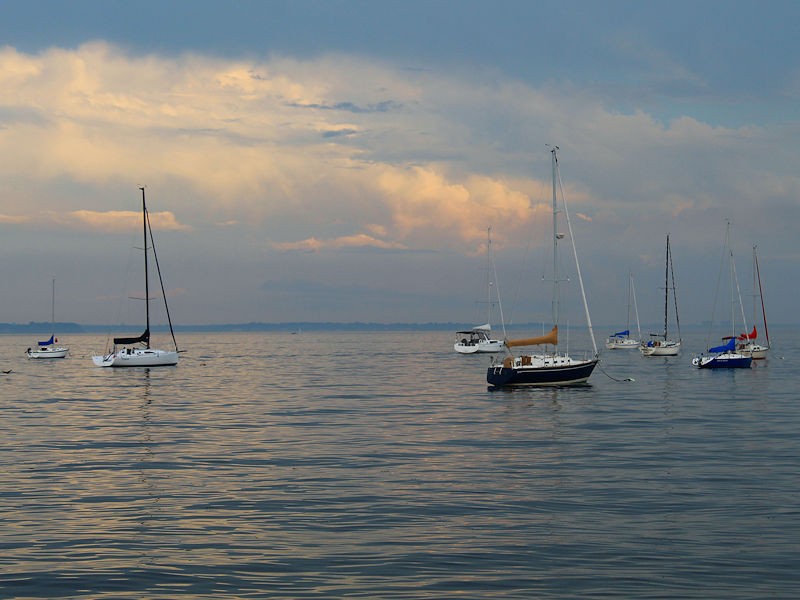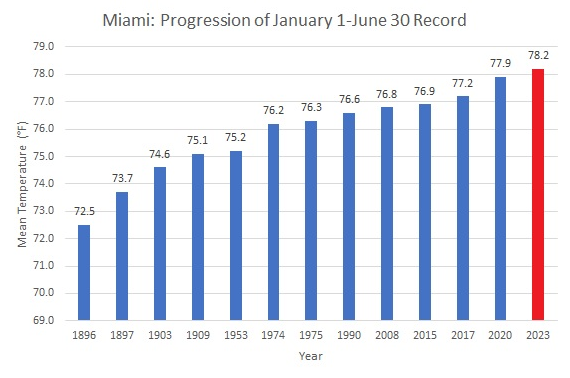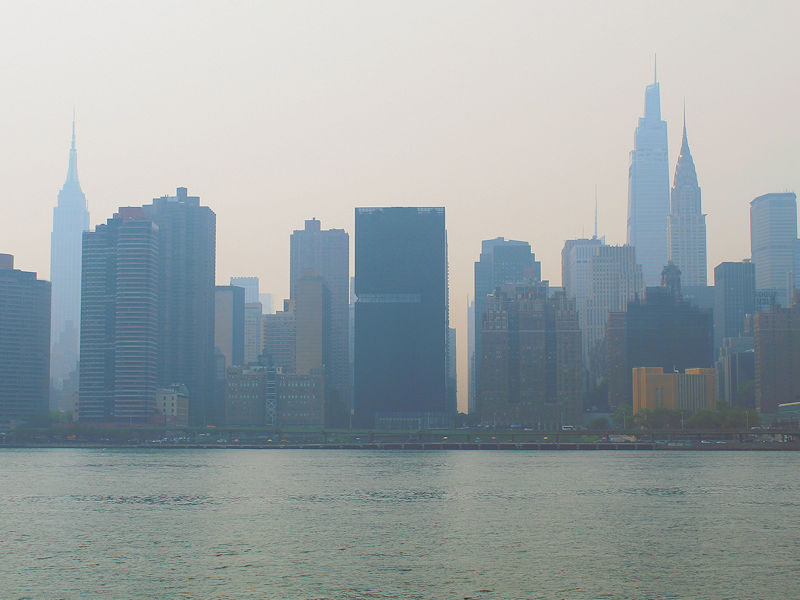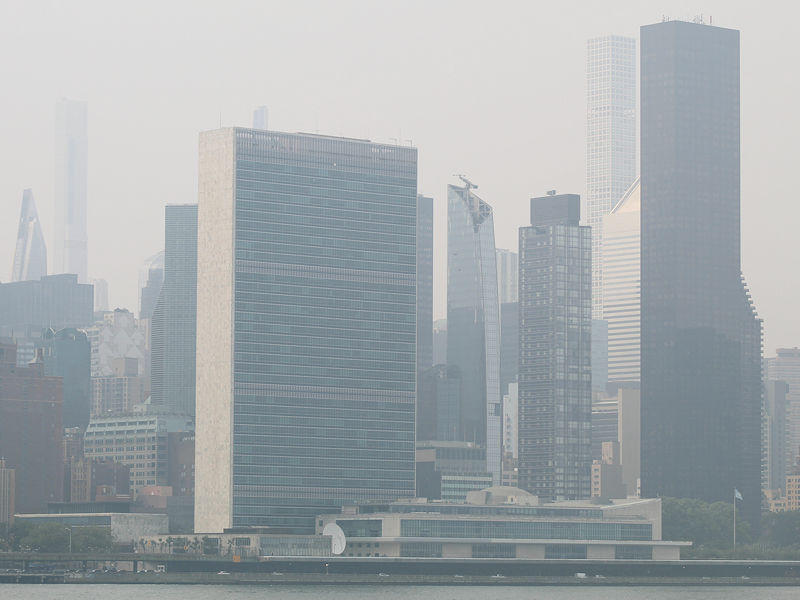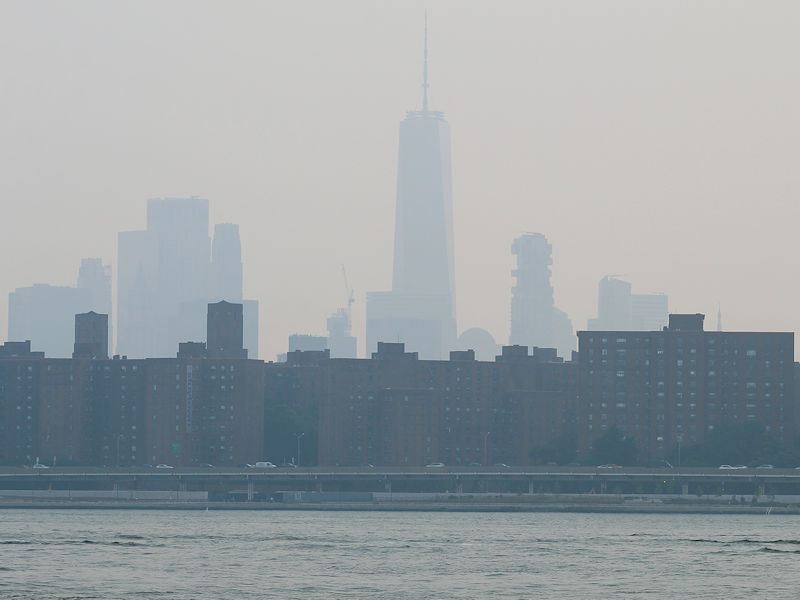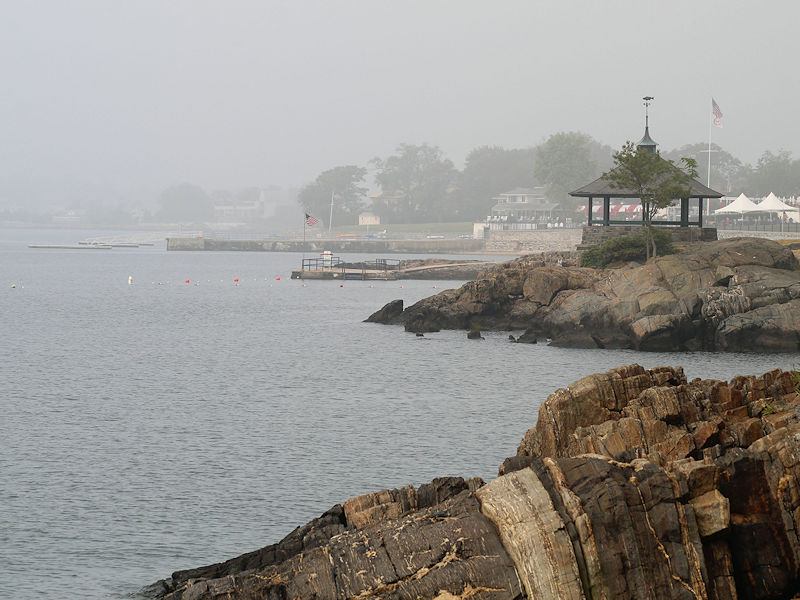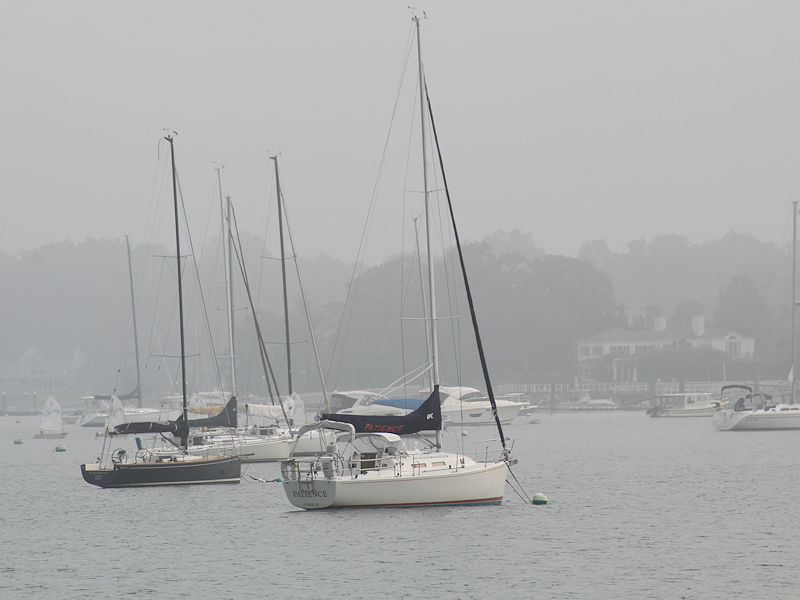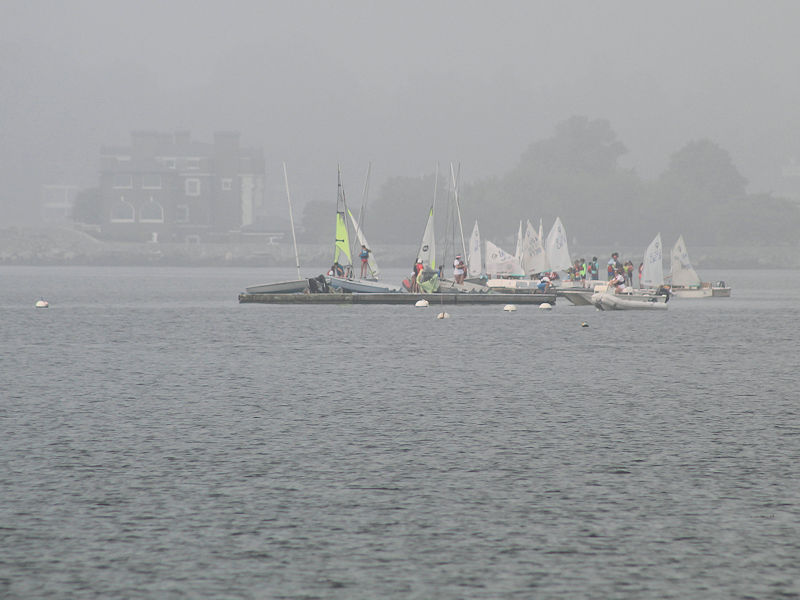-
Posts
22,981 -
Joined
Content Type
Profiles
Blogs
Forums
American Weather
Media Demo
Store
Gallery
Everything posted by donsutherland1
-
With growing prospects that the ongoing heatwave in parts of the Southwest could be among the region's worst in history, a handful of social media accounts have been loudly and increasingly frantically trying to dismiss and discount the severity of the heatwave. Claims that a 1974 heatwave, currently Phoenix's longest on record (18 consecutive days), was more severe have been made. The ongoing heatwave could eclipse it in duration and already exceeds it in the intensity of the heat (3.1° warmer so far). The most severe heat still lies ahead, as Phoenix will experience an extreme heat event (Clarke et al., 2014 methodology). Such accounts are not credible sources of meteorological or climate information, especially as those in the affected region who are inclined to accept their false narrative could put themselves at unnecessary risk. NWS Phoenix, Accuweather, and other private sources have been doing their utmost to warn residents of the heat-related risks. Yet, some accounts are trying to distract and confuse local residents. On account of the absurd social media claims, here's how the current heatwave and the 1974 heatwave compare: Today saw a low temperature of 94° in Phoenix (not factored in above), which surpassed the record of 93° that was set in 2020 and tied in 2022. Since Phoenix's records were kept beginning in August 1895, Phoenix has had 18 low temperatures of 94° or above. All of those low temperatures have occurred since 2003. Las Vegas, Salt Lake City, and even Death Valley, could experience extreme heat events from the current heatwave. For the first time, Del Rio and Laredo could experience simultaneous extreme heat events with Las Vegas, Salt Lake City, Phoenix, and Death Valley, which illustrates the expansive area of extreme heat.
-
Yes. That's my thinking, too. It is well-supported by the ENSO guidance, too.
-
ENSO Region 1+2 has an anomaly > 3°C. The last time that happened was during the 1997-98 super El Niño event. A basinwide or east-based El Niño appears far more likely than a Modoki one.
-
The very warm weather will continue through Thursday. Friday could be briefly cooler due to widespread showers and thunderstorms. A warm and humid weekend is likely. An extreme heat event will likely develop in the Southwest later this week. Cities such as Tucson and Phoenix could see readings rise toward record daily levels. The excessive heat could extend across parts of California, Nevada, New Mexico and a large part of Texas. The ENSO Region 1+2 anomaly was +3.3°C and the Region 3.4 anomaly was +1.0°C for the week centered around July 5. For the past six weeks, the ENSO Region 1+2 anomaly has averaged +2.78°C and the ENSO Region 3.4 anomaly has averaged +0.92°C. El Niño conditions have developed and will likely continue to strengthen through at least the summer. The probability of an East-based El Niño event has increased. The SOI was +3.45 today. The preliminary Arctic Oscillation (AO) was -0.763 today. On July 9 the MJO was in Phase 2 at an amplitude of 1.253 (RMM). The July 8-adjusted amplitude was 1.204 (RMM). Based on sensitivity analysis applied to the latest guidance, there is an implied 71% probability that New York City will have a warmer than normal July (1991-2020 normal). July will likely finish with a mean temperature near 79.2° (1.7° above normal).
-
Extreme rainfall will bring additional flooding to parts of Vermont tonight. The New York City and Philadelphia regions will enjoy a quiet but warm night. More very warm and perhaps hot weather will develop starting tomorrow. Friday could be briefly cooler due to widespread showers and thunderstorms. An extreme heat event will likely develop in the Southwest later this week even as Phoenix has seen its hottest first 10 days of July (100.0° vs. the 2017 record of 99.4°). Cities such as Tucson and Phoenix could see readings rise toward record daily levels. The excessive heat could extend across New Mexico and a large part of Texas. The ENSO Region 1+2 anomaly was +3.3°C and the Region 3.4 anomaly was +1.0°C for the week centered around July 5. For the past six weeks, the ENSO Region 1+2 anomaly has averaged +2.78°C and the ENSO Region 3.4 anomaly has averaged +0.92°C. El Niño conditions have developed and will likely continue to strengthen through at least the summer. The probability of an East-based El Niño event has increased. The SOI was +9.29 today. The preliminary Arctic Oscillation (AO) was -1.326 today. On July 8 the MJO was in Phase 2 at an amplitude of 1.311 (RMM). The July 7-adjusted amplitude was 1.505 (RMM). Based on sensitivity analysis applied to the latest guidance, there is an implied 67% probability that New York City will have a warmer than normal July (1991-2020 normal). July will likely finish with a mean temperature near 79.0° (1.5° above normal).
-
Tonight and tomorrow will feature rounds of heavy showers and thundershowers. Flooding is possible in some locations. More very warm and perhaps hot weather could develop later in the week. An extreme heat event could develop in the Southwest. Cities such as Tucson and Phoenix could see readings rise toward record daily levels. The excessive heat could extend across New Mexico and a large part of Texas. The ENSO Region 1+2 anomaly was +2.9°C and the Region 3.4 anomaly was +0.9°C for the week centered around June 28. For the past six weeks, the ENSO Region 1+2 anomaly has averaged +2.57°C and the ENSO Region 3.4 anomaly has averaged +0.82°C. El Niño conditions have developed and will likely continue to strengthen through at least the summer. The SOI was +4.31 today. The preliminary Arctic Oscillation (AO) was -1.344 today. On July 7 the MJO was in Phase 2 at an amplitude of 1.522 (RMM). The July 6-adjusted amplitude was 1.636 (RMM). Based on sensitivity analysis applied to the latest guidance, there is an implied 67% probability that New York City will have a warmer than normal July (1991-2020 normal). July will likely finish with a mean temperature near 79.0° (1.5° above normal).
-
It will turn somewhat cooler tomorrow with additional potentially heavy showers and thunderstorms. More very warm and perhaps hot weather could develop next week. Next week could also see an extreme heat event develop in the Southwest. Cities such as Tucson and Phoenix could see readings rise toward record daily levels. The excessive heat could extend across New Mexico and a large part of Texas. The ENSO Region 1+2 anomaly was +2.9°C and the Region 3.4 anomaly was +0.9°C for the week centered around June 28. For the past six weeks, the ENSO Region 1+2 anomaly has averaged +2.57°C and the ENSO Region 3.4 anomaly has averaged +0.82°C. El Niño conditions have developed and will likely continue to strengthen through at least the summer. The SOI was +9.79 today. The preliminary Arctic Oscillation (AO) was -0.873 today. On July 6 the MJO was in Phase 2 at an amplitude of 1.634 (RMM). The July 5-adjusted amplitude was 1.867 (RMM). Based on sensitivity analysis applied to the latest guidance, there is an implied 67% probability that New York City will have a warmer than normal July (1991-2020 normal). July will likely finish with a mean temperature near 79.0° (1.5° above normal).
-
It will be steamy and very warm through the end of the week. Temperatures could continue to reach or exceed 90° in parts of the region. Afterward, it will turn somewhat cooler on Sunday with potentially heavy showers and thunderstorms. More very warm and perhaps hot weather could develop next week. Next week could also see an extreme heat event develop in the Southwest. Cities such as Tucson and Phoenix could see readings rise toward record daily levels. The excessive heat could extend across New Mexico and a large part of Texas. The ENSO Region 1+2 anomaly was +2.9°C and the Region 3.4 anomaly was +0.9°C for the week centered around June 28. For the past six weeks, the ENSO Region 1+2 anomaly has averaged +2.57°C and the ENSO Region 3.4 anomaly has averaged +0.82°C. El Niño conditions have developed and will likely continue to strengthen through at least the summer. The SOI was +14.34 today. The preliminary Arctic Oscillation (AO) was -0.681 today. On July 5 the MJO was in Phase 2 at an amplitude of 1.871 (RMM). The July 4-adjusted amplitude was 1.643 (RMM). Based on sensitivity analysis applied to the latest guidance, there is an implied 62 probability that New York City will have a warmer than normal July (1991-2020 normal). July will likely finish with a mean temperature near 78.8° (1.3° above normal).
-
The temperature again soared into the lower 90s across parts of the region. The heat extended into Maine where Bangor reached 92° and Caribou reached a record-tying 91°. It will be steamy and very warm through the end of the week. Temperatures could continue to reach or exceed 90° in parts of the region. Afterward, near to somewhat above normal readings will likely prevail through mid-month. Next week could also see an extreme heat event develop in the Southwest. Cities such as Tucson and Phoenix could see readings rise toward record daily levels. The excessive heat could extend across New Mexico and a large part of Texas. The ENSO Region 1+2 anomaly was +2.9°C and the Region 3.4 anomaly was +0.9°C for the week centered around June 28. For the past six weeks, the ENSO Region 1+2 anomaly has averaged +2.57°C and the ENSO Region 3.4 anomaly has averaged +0.82°C. El Niño conditions have developed and will likely continue to strengthen through at least the summer. The SOI was +16.68 today. The preliminary Arctic Oscillation (AO) was -0.528 today. On July 4 the MJO was in Phase 2 at an amplitude of 1.642 (RMM). The July 3-adjusted amplitude was 1.607 (RMM).
-
Temperatures surged into the 90s across many parts of the region. Highs included: New York City: 93°, Newark: 94°, and Philadelphia: 93°. Another very warm day lies ahead for tomorrow. It will be steamy and very warm through the end of the week. Temperatures could reach or exceed 90° in parts of the region. Afterward, near to somewhat above normal readings will likely prevail through mid-month. The ENSO Region 1+2 anomaly was +2.9°C and the Region 3.4 anomaly was +0.9°C for the week centered around June 28. For the past six weeks, the ENSO Region 1+2 anomaly has averaged +2.57°C and the ENSO Region 3.4 anomaly has averaged +0.82°C. El Niño conditions have developed and will likely continue to strengthen through at least the summer. The SOI was +12.99 today. The preliminary Arctic Oscillation (AO) was -0.415 today. On July 3 the MJO was in Phase 2 at an amplitude of 1.603 (RMM). The July 2-adjusted amplitude was 1.687 (RMM).
-
Probably a combination of the frontal location and stochastic processes. Convection remains challenging to forecast with often large differences among the models and also outcomes.
-
We didn’t get the worst of the smoke, as the wind directed it elsewhere. On June 7, the wind brought the thickest smoke to the NYC area and then Philadelphia and Washington the following day.
-
Heavier showers and thundershowers drenched parts of the region today. Parts of Connecticut experienced flash flooding. Newark set a new daily rainfall record with 1.19" (old record: 1.07", 1952). Mammatus clouds moved across the sky in New York City and nearby regions. It will be steamy and very warm through the end of the week. Temperatures could reach or exceed 90° in parts of the region. Afterward, near to somewhat above normal readings will likely prevail through mid-month. The ENSO Region 1+2 anomaly was +2.9°C and the Region 3.4 anomaly was +0.9°C for the week centered around June 28. For the past six weeks, the ENSO Region 1+2 anomaly has averaged +2.57°C and the ENSO Region 3.4 anomaly has averaged +0.82°C. El Niño conditions have developed and will likely continue to strengthen through at least the summer. The SOI was +9.29 today. The preliminary Arctic Oscillation (AO) was -0.519 today. On July 2 the MJO was in Phase 2 at an amplitude of 1.687 (RMM). The July 1-adjusted amplitude was 1.614 (RMM).
-
And still the world remains largely on autopilot with fossil fuel production expanding even as renewables expand. The former needs to be phased out, and increasingly rapidly, to offset the consequences of delay and hold the global temperature increase to 1.5°C above the pre-industrial level.
-
A heavy downpour popped up and moved through Larchmont, NY. Another shower developed shortly afterward.
-
It will be steamy and very warm tomorrow through Thursday. Temperatures could reach or exceed 90° in parts of the region through Thursday. Shower and thundershower activity will become more limited. Afterward, near to somewhat above normal readings will likely prevail through mid-month. The hottest weather so far now covers the Desert Southwest. Phoenix reached a near-record 116° today. That was its hottest reading since June 19, 2021 when the mercury also topped out at 116°. Readings will continue to reach or exceed 110° through the remainder of the week. The ENSO Region 1+2 anomaly was +2.9°C and the Region 3.4 anomaly was +0.9°C for the week centered around June 28. For the past six weeks, the ENSO Region 1+2 anomaly has averaged +2.57°C and the ENSO Region 3.4 anomaly has averaged +0.82°C. El Niño conditions have developed and will likely continue to strengthen through at least the summer. The SOI was +6.09 today. The preliminary Arctic Oscillation (AO) was -0.493 today. On July 1 the MJO was in Phase 2 at an amplitude of 1.587 (RMM). The June 30-adjusted amplitude was 1.397 (RMM).
-
It will be steamy and very warm tomorrow through Thursday. Tomorrow could see some showers or thunderstorms. Temperatures could reach or exceed 90° in parts of the region through Thursday. Afterward, near to somewhat above normal readings will likely prevail through mid-month. The hottest weather so far now covers the Desert Southwest. Las Vegas topped out at 110° and Phoenix reached 115°. Death Valley finished with a high of 126°, the world's highest temperature so far this year. Tomorrow will likely see temperatures reach or exceed 115° in Phoenix and 120° in Death Valley. The ENSO Region 1+2 anomaly was +2.9°C and the Region 3.4 anomaly was +1.0°C for the week centered around June 21. For the past six weeks, the ENSO Region 1+2 anomaly has averaged +2.37°C and the ENSO Region 3.4 anomaly has averaged +0.77°C. El Niño conditions have developed and will likely continue to strengthen through at least the summer. The SOI was +16.80 today. The preliminary Arctic Oscillation (AO) was -0.101 today. On June 30 the MJO was in Phase 2 at an amplitude of 0.962 (RMM). The June 29-adjusted amplitude was 1.396 (RMM).
-
An advancing warm front will bring showers and thunderstorms to the region tonight through tomorrow night. Afterward, it will turn warmer than normal. The Tuesday-Thursday period could see temperatures reach or exceed 90° in parts of the region. Afterward, near to somewhat above normal readings will likely prevail through mid-month. The hottest weather so far has now moved into the Desert Southwest. Through 4 pm PST, Phoenix had a high temperature of 114°, which was just below the daily record of 115° from 1990. Phoenix could see temperatures reach or exceed 115° tomorrow and Monday. Death Valley will likely exceed 120°. The ENSO Region 1+2 anomaly was +2.9°C and the Region 3.4 anomaly was +1.0°C for the week centered around June 21. For the past six weeks, the ENSO Region 1+2 anomaly has averaged +2.37°C and the ENSO Region 3.4 anomaly has averaged +0.77°C. El Niño conditions have developed and will likely continue to strengthen through at least the summer. The SOI was +18.77 today. The preliminary Arctic Oscillation (AO) was +0.347 today. On June 29 the MJO was in Phase 2 at an amplitude of 0.962 (RMM). The June 28-adjusted amplitude was 0.831 (RMM).
-
-
June finished with a mean temperature of 70.0° in New York City. That was 2.0° below normal. Temperatures will gradually warm toward seasonal levels during the first week of July. Afterward, near to somewhat above normal readings will likely prevail through mid-month. The Desert Southwest will likely see its hottest temperatures so far this year during the weekend into early next week. As has been the case throughout June, extreme heat appears unlikely in the northern Mid-Atlantic region for the foreseeable future. The ENSO Region 1+2 anomaly was +2.9°C and the Region 3.4 anomaly was +1.0°C for the week centered around June 21. For the past six weeks, the ENSO Region 1+2 anomaly has averaged +2.37°C and the ENSO Region 3.4 anomaly has averaged +0.77°C. El Niño conditions have developed and will likely continue to strengthen through at least the summer. The SOI was +17.22 today. The preliminary Arctic Oscillation (AO) was +0.693 today. On June 28 the MJO was in Phase 2 at an amplitude of 0.831 (RMM). The June 27-adjusted amplitude was 1.066 (RMM).
-
Wildfire smoke in New York City this afternoon. The AQI remained in the 160s throughout the afternoon.
-

July 2023 temperature forecast contest
donsutherland1 replied to Roger Smith's topic in Weather Forecasting and Discussion
DCA _ NYC _ BOS __ ORD _ ATL _ IAH ___ DEN _ PHX _ SEA 1.3 1.2 1.7 0.6 1.0 1.2 -0.8 1.0 2.5 -
An extended period of generally cooler than normal temperatures is ongoing. No return to summerlike heat is likely through the remainder of June. However, temperatures will gradually warm toward seasonal levels during the first week of July. Afterward, near to somewhat above normal readings will likely prevail through mid-month. The Desert Southwest will likely see its hottest temperatures so far this year during the weekend into early next week. As has been the case throughout June, extreme heat appears unlikely in the northern Mid-Atlantic region for the foreseeable future. The ENSO Region 1+2 anomaly was +2.9°C and the Region 3.4 anomaly was +1.0°C for the week centered around June 21. For the past six weeks, the ENSO Region 1+2 anomaly has averaged +2.37°C and the ENSO Region 3.4 anomaly has averaged +0.77°C. El Niño conditions have developed and will likely continue to strengthen through at least the summer. The SOI was -0.35 today. The preliminary Arctic Oscillation (AO) was +0.753 today. On June 27 the MJO was in Phase 2 at an amplitude of 1.073 (RMM). The June 26-adjusted amplitude was 1.334 (RMM). Based on sensitivity analysis applied to the latest guidance, there is an implied near 100% probability that New York City will have a cooler than normal June (1991-2020 normal). June will likely finish with a mean temperature near 70.0° (2.0° below normal).


